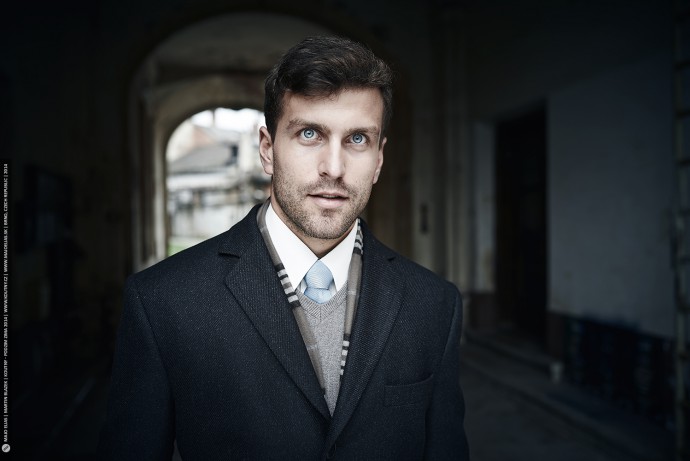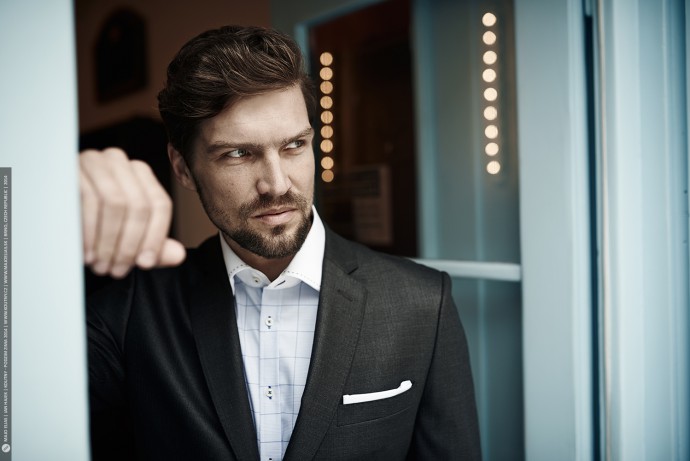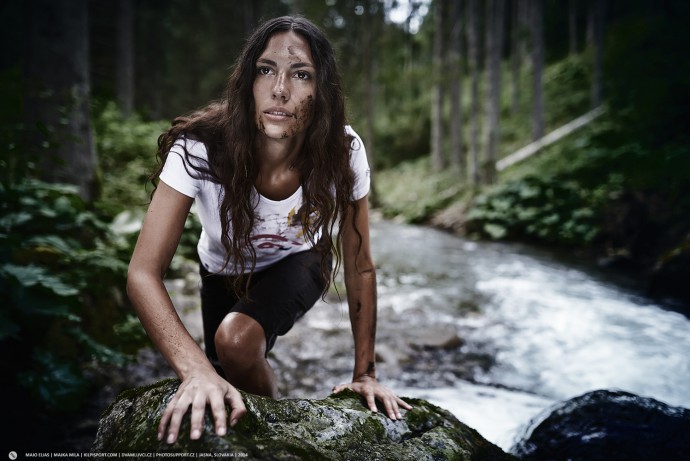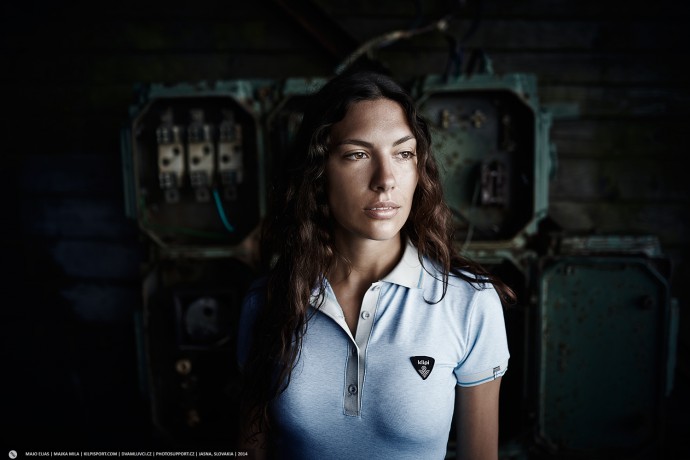Do More With Less Gear

The market is overflowing with cameras, lenses, and a variety of accessories to bring large or small effects to your photos. They come in all sizes. But do you need them? Everyone certainly tells you that this flash or that softbox will make your photos exceptional. But is it true?
Olympus has an interesting ad campaign going on right now to promote their mirrorless cameras. The main idea in the ads is that DSLRs are too big. We’ll expand on that thought here. All photo equipment is too big. And it’s no wonder. Photographers are kind of spoiled. Instead of looking for a more interesting angle, they’ll add an artificial light to a scene, for example. And so on. Pretty soon you get a situation where the photographer needs a moving van to carry their gear.
A Lens and a Body Are the Core
It’s certainly not a bad thing to have lots of lights and flashes available. But it’s critical to know how to make do with a minimum, because then nothing will surprise you. What if a fuse blows? If all the lights fail? If the site’s light is too weak? If you forget your firer? If…? As a photographer, you should have at least some solution for every situation. So learn to make do with just the core. And that means a lens and a body. If you have those working right, then you should be able to photograph anything.


Preparation Is Important
Preparation is something we mention in our articles quite often. It’s no wonder. Good preparation gives good photos. Carefully choose which parts of your gear you’ll need. Ask yourself questions like: Is there room in this indoor site for my gear? Is there electricity? Can I drive to the site, or will I need to use another option? At what time of day will the shoot be? How much time will I have for the shoot? And so on.
These questions are very important, and so they’re key for me when I’m choosing photo equipment. For example when I’ll be trudging my way to the site on foot, you can bet I’ll be leaving my huge flash sets behind. If the site has no electricity, then I need to think: will I need a generator for lights? Will that be worth it? If there’s not enough space at the site to set up the lights, I won’t need to be taking them with me. And if I’ll be photographing someone with more money than time, I can’t afford to be setting everything up while he stands there. I have to have everything sure in advance. These kinds of questions come from experience, but the ones above are a good place to start.


Good to Have… And Leave Unused
It’s good to have photo accessories such as flashes, lights, tripods, softboxes, etc. with you just in case. But try to use them as little as possible. Otherwise, you’ll become an addict, practically incapable of taking a picture without your flash set.
So try to push the limits of what your camera, lens, and scene can do. Concentrate more on what photo to take than on how to take it. That way you’ll have far more time for the photo’s actual content, which vastly overshadows things like light-strength settings.
Now, don’t let this scare you away from shooting in a studio or buying yourself a flash. Shoot with a flash, shoot in a studio, take your equipment to interesting sites, and try difficult photos. But keep in mind that you can’t skip the basics, and that you’ll pick them up best when you have to sink or swim—when you have just a body and a lens. And also keep in mind that many professional photographers use just one body, one lens, and a reflector. Though of course they do also have a whole set of other equipment in reserve to handle emergencies.